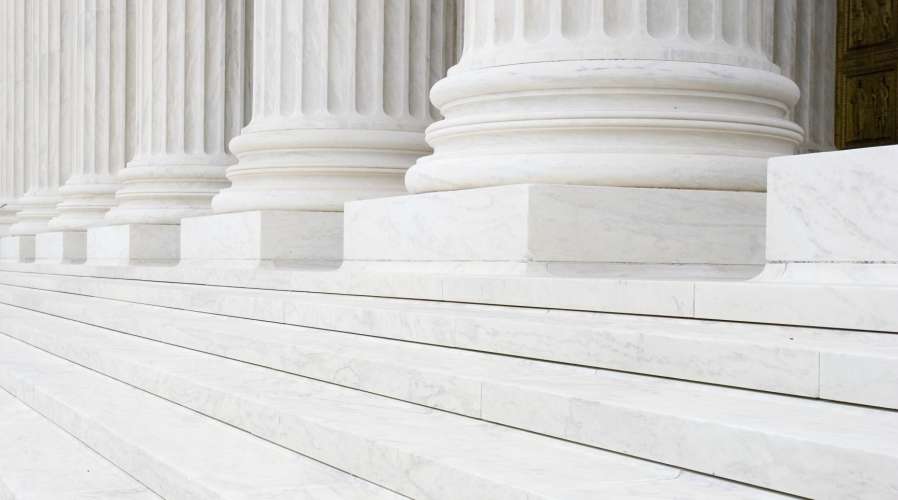Background
Auction house Sotheby’s was in the news recently for bringing investment creativity to the art world, by launching an innovative $500 million art backed debt instrument securitising loans for art works with a value of around $2.85 billion and which include works by Rembrandt, Warhol and Picasso.
This securitisation includes 89 personal loans given to art collectors and the top tranche of notes is expected to achieve a AAA rating on from DBRS. The securitisation builds upon other esoteric asset classes that have been securitised in recent times including music royalties, sports broadcasting revenues, diamond inventory and even loans tied to yachts and jets.
What is art finance?
There is a significant increase in the number of lenders making loans available that are secured against art and sculptures, or with the purpose of acquiring or re-financing a collection. This allows collectors, investors, galleries and artists to unlock liquidity from their art collections without selling them when cash is needed. Compared to real estate, jets and yachts, it can be considerably quicker and cheaper to borrow funds against artwork. As the market broadens lenders are becoming increasingly flexible around whether any such art can remain hanging on the borrower's wall (rather than being warehoused) and insurers are providing more bespoke policies to address risks faced by lenders.
Why securitise art?
Securitisation further increases liquidity in the art market by turning a book of art loans (or any other income streams deriving from art, such as rental income arising from gallery loans) into tradeable securities (in the case of a note issuance) or simply allowing an investor to achieve a better regulatory capital treatment (and offer more competitive pricing) if investing in a transaction that is structured as a securitisation.
Portfolios of loans can be divided into different levels of risk, with ratings that could reach as high as AAA, and securitisations can therefore attract a diverse array of investors across the capital stack. Given the uniqueness of the asset class, Art backed securities could now be another option for investors looking to diversify their portfolios.
Food for thought
There is great opportunity for bringing together the most unlikely of bed-fellows, such as art and securitisation, into the market and as we see more of this it is worth bearing in mind the following:
1. Securitisation as a planning option: the latest Sotheby's art backed bond highlights the feasibility of leveraging esoteric assets, such as art, to secure financing. Art galleries, museums, and families grappling with the dilemma of selling cherished artworks versus retaining them, can now explore this avenue to address financial challenges or just as means of efficient tax planning. This approach can prove invaluable in sustaining operations for businesses, managing the extensive upkeep of these assets and providing liquidity for any other family or business need. We have seen others do the same in the past few years with yachts and jets, and expect to see a more general rise in the securitisations of less traditional assets / income streams.
2. Transportation: the vast majority of any damage caused to art is during transportation – so all parties should pay close attention to the parameters set for any movement, including who conducts the movement (e.g. are the ICEFAT registered) and the insurance cover. There are considerable legal complexities when moving assets across jurisdictions, as is often the case for collections on loan to museums and galleries and your legal team will need to ensure that any security against the art is properly maintained in all relevant jurisdictions as the piece moves.
3. Lender transfer provisions: more so than ever before, some of the most negotiated provisions of loan agreements are now the lender transfer provisions, namely can the lender transfer or securitise their participation in the relevant loan, and if so, to whom can they transfer it. The dilemma arises as lenders want to retain as much flexibility as possible to dispose of their loan book as possible, whereas borrowers want to ensure that they will retain a strong relationship with the same funder throughout their loan. As such, we are likely to continue to see a lot of attention on transfer provisions and whether any particular loan can be subject to securitisation.
Contributor to this article were Asset Finance Advisor Shuhail Ali.






